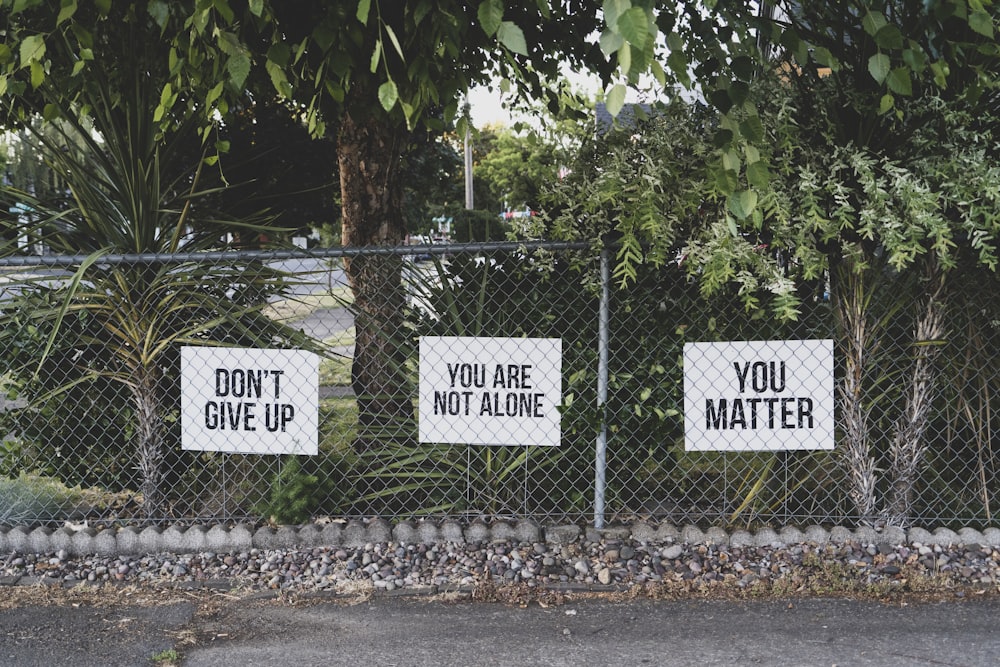All of the build-up for the holidays abruptly comes to an end and the next day is business as usual. There are even songs about wanting the spirit of Christmas to last all year. Why can’t it?
REWIND

I’m changing my topic here and now because of the current news reports about a mass stabbing today in a Jewish Synagogue and a shooting in a church in Texas.
“WHY?” is what we usually lament after these mass killing/wounding events. We condemn the attackers, mourn for the lost souls and their families and feel sad for 5 minutes until the next big news story or the next mass killing. It seems that mass killings happen almost daily and the losses are unbearable. They are also overwhelming and wouldn’t occur without direct teaching of hate beginning at a very young age.
The answer to “WHY?”, in my opinion, lies in the original topic of what I was going to write about initially today. I was not going to focus on Christmas but on other holidays as well including Hanukkah and Kwanzaa. (just because those are the celebrations from this time of year with which most people are familiar)
The climate of hate that seems to prevail in our world today is terrifying. While our executive branch is focusing on somewhat exaggerated threats from terrorists of other countries, our greatest danger is, according to our intelligence agencies, from those who were born and raised in our own country.
It is true that children are not born hating others because of their skin color, religious beliefs, ethnic backgrounds, countries of origin, varying abilities, etc. Essentially, they are blank slates who will be taught to value differences or to view people with differences from themselves with disdain.
When considering the holidays mentioned above, it seems that it takes a conscious effort to ignore their commonalities of the basic tenants central to the mainstream ideas anchored in most religions. From my studies, one of those tenants is valuing others no matter their differences and appreciating the richness of embracing and learning from so many different cultures and kinds of people. So why is this ideal so overlooked by those who choose to reject others instead of embracing them? I’m afraid that the answers are too many and varied to address in one blog post. I will begin by discussing a developmental psychological point of view.
Urie Bronfenbrenner, is a developmental psychologist Who developed a nesting model of development. (The model discussed below is of the early model only.) Think of a stone landing in the water. The stone represents the individual and the waves that spread out around the origin of the drop represent the models of increasing societal influences on the development of the individual. (child)

The first wave surrounding the stone is the smallest and represents the microsystem, or the smallest system and consists of the immediate family including parents, caregivers, siblings, and school system. Children have direct contact with these individuals on an almost daily (school) basis.
The second wave is called the mesosystem and it surrounds the microsystem. In this wave, the influences on a child include all of those in the microsystem as well as the relationships between people in their microsystem and those with whom they have direct contact. Examples would include a child’s teacher and parents. In this example there is a direct relationship between two people in the microsystem. Both the parents and the teacher are in a child’s microsystem and they both have a relationship with one another. The parent/teacher relationship constitute the mesosystem.
Surrounding all of the people in the micro and meso systems is the exosystem. This circle of influence in a child’s life includes all of those in the micro and meso systems as well as those who do not have direct influence on the child but those who impact the child’s life. One example of such a person might be a parent’s boss who promotes a parent and issues a raise in pay. The influence on the child may be that the family is no longer stressed financially and the child’s needs can be easily met. The child benefits because the parents are also experiencing a benefit and there might be less stress in the overall life of the family.
Finally, the macrosystem encompasses all individuals included in the other systems and encompasses “cultural and societal beliefs and programming that influence an individual’s development“. Some examples would be rules, laws, and regulations of local, state, and national government, religious beliefs, and gender norms among others.
Our first and most important development influences are those in our microsystems. From birth our parents and caregivers model and promote their values and beliefs which children absorb like sponges. Listening to a very young child speak and interact with others can be a window into the world of their immediate families. This is where children are mostly taught to value or degrade others. Youth hang on every word and deed of their immediate family members and these become their truths. In homes where differences are appreciated and embraced, children learn loving attitudes and conversely, when children hear judgement, hate, and vitriol toward groups or individuals they learn to hate and judge. An example of this is my mother who, upon meeting a friends African-American housekeeper, turned to her friend and exclaimed, “Barbara! You have a n****r working for you?” (This housekeeper and my mother later became very close friends.) One would not have had to have met her immediate family to understand what she had been taught by them. She learned what she lived.
What do we want our children to learn and embrace? Do they benefit from isolationism and hate? Do isolation and hate enhance a child’s sense of well-being and belonging in the world and help create a sense of community or do they separate and isolate the child creating a sense of fear and being alone in a very small community? Overall, how do we want a child to develop in a most beneficial way to the child and the world in which that child lives; hate or value?